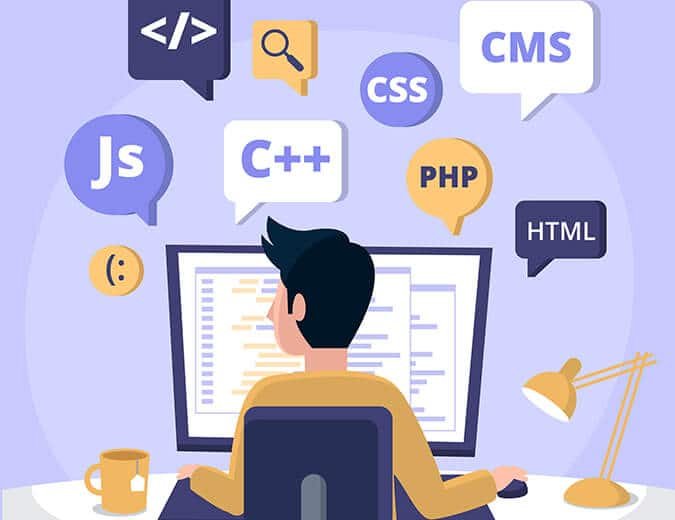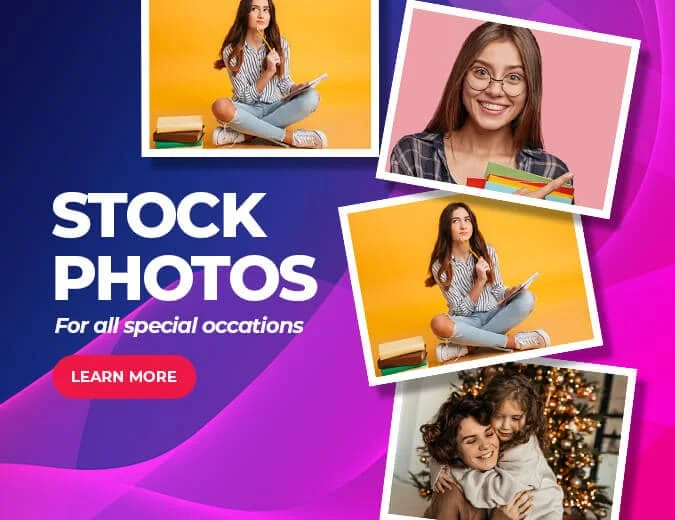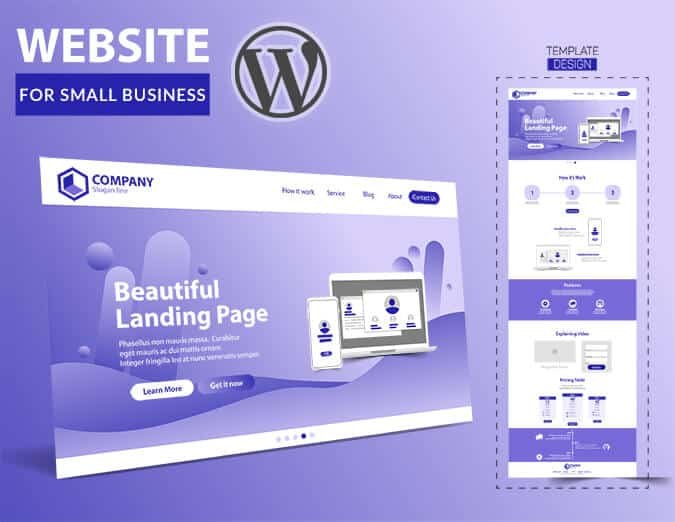Design Trends That Will Stay Beyond 2019
So you thought you could make a working website and drop it at that? Don’t worry, it’s a misconception that happens often, mostly because users frequently underscore the significance of functionality as it comes to (web) design. Nevertheless, they forget to consider that there’s nothing that grabs their eye more than an exciting design. Experts explains that functionality is the bare-boned proposal, although a fancy design is what’s going to seal the deal. Web design found itself at a crossroad since 2018 after there were many updates on Google content marketing.

There were never as many features as we have today to enhance customer satisfaction in terms of designing. While on this line of thought, we also never had so many contradicting views on web designing as we have today.
New and exciting things are going on with the web design, and these trends are hoped to change the way we drive conversion.
Increase in Interactive Visuals in Web Design
While a simple design works fine for some websites, don’t you wish to direct your inner kangaroo when it occurs to web design? How to do it?
One of the simplest ways is to jump through hoops to keep your patrons entertained. 2018 saw a surge of web designers customizing their proposition to consumers who want to be entertained. But that certainly doesn’t mean you have to be an entertainment company to keep your website visitors engaged.
The rise of visuals in web design and in the way of content (which is now more than the proverbial text and image formula) will become even more prominent in 2020. This means, if you’ve got a great offer, let your customers have the fun as well.
Display your web content in a way that every website visitors gets a unique and exciting experience that will raise their conversion rate automatically.
2019 – 2020 is going to be the time where the consumer journey is essential. It is, thus, necessary for web designing to integrate features that enrich the complete consumer’s journey. Apart from plain text and images, consumers today want interaction.
Gamification in Web Design
Gamification has been a great deal in design and marketing recently and is more than a keyword. Although there is very little substance available on the idea of gamification, it is high time you should try inculcating the features. The know-how to gamification is helping consumers fully immerse themselves into the method of consuming the product. Good marketers and designers recognize that this immersion starts as soon as one lands on the website.
Gamification Can Be Used in Several Ways, Such as:
- Visitors competing with each other (to win a prize)
- Interactivity
- Comparing results
- Actual games
Depending on the type of the website, you can integrate them into the site as a separate product, or create entire websites with gamification in mind. What will make it even more compelling is if you can add both consumer education and emotional conversion to it? Again, gamification strives to produce unique consumer encounters that can be considered as separate products, but in coexistence with the actual product.
It’s necessarily a habit-tracker that uses the mechanics of role-playing games such as earning rewards, achieving points, and other engaging activities. Gamification is incredibly useful, especially because 70% of business conversion efforts fail due to deficiency of engagement. Gamification triumphantly combats that and increases both engagement and conversion, plus the darn fun!
Mobile Design is as Much Crucial as Web
Since 2015, there is a tremendous increase in the mobile searches in comparison to web searches; and there is no end to this trend. Today, people use their smartphones more than their desktop. Google is the prime and omega of resources, it is no surprise to anyone that Google’s algorithms are also prioritizing mobile over the web. Talking about web design and marketing, designers and developers have to accommodate the rise of mobile. A lot of constraints arise with that new direction of design, but that shouldn’t jeopardize the quality.
Consumers still want what they want, and it is now imperative to adjusting mobile to provide as much as web design does. This means that mobile is no more just an addition to the standard layout of your website, but should have a plan in its own right. One of the most critical aspects of the design is to be engaging and interactive.
When it comes to unique user experience, mobile is the perfect platform for the most personalized option. Even though a lot of animations and videos might not work on the handsets, it is necessary to have the right set of content, particularly for the mobile. It’s the primary way of converting prospects to customers, so designers have to rethink about mobile design and make it enjoyable.
Making it adept to the platform, the mobile designs should be mostly about sleekness and simplicity for a better mobile experience. Interactivity is just as crucial with mobile as with desktop, and it is achievable, Content matters, but do not forget the visuals. The world is going to view a lot more mobile-first websites in the upcoming years. So designers must not forget about scaling the usual website CTA buttons and concentrate on creating a distinct, unique, but on-brand experience.
Minimalism
Minimalism, even a couple of years back involved black & white colour schemes and hardly anything beyond that. Fortunately, designers have grown up and recognized that minimalism in the traditional sense would not be much appealing to the consumers. A paradigm shift towards content-first design is essential. They are focused on one goal, for instance, driving them towards sign up as opposed to stuffing them with information and providing minimal direction.
For the minimalism to work correctly, it should be empowered by obvious choices. The colours used should stimulate purchasing decisions. And even when each design choice may be small, it should convey a lot about the designers and marketers’ choices. With minimalism, each design choice says a lot about the purpose of the company. In 2020 and beyond, minimalism is going to take on a different meaning – one that will be more significant for the end consumers. And designers who understand that minimalism is a locus towards the central purchasing choice will be the one making the most out of web design in the future.
Chatbots and Machine Learning Must Be Integrated With Web Design
Machine learning and bots have changed the way of communication in sales and marketing. Instead of manually covering emails and customer inquiries, companies are frequently using chatbots and machine learning to conquer the workload – and render customers with much faster responses. It’s only natural that it demands a change in the design as well.
Currently, a lot of website integrations are taking up projects that are only passing solutions. Designers and marketers who want to utilize the possibilities of machine learning and chatbots fully will have to adapt their design to make it a part of the website user experience. Using automated chatbots not only helps provide excellent customer service but reduces overhead costs for the companies.
Bottom Line
2019 and beyond is going to change the way designers always worked. In fact, the trends you are currently seeing, and the ones you’ll see in the coming years will not only visually appealing but interactive as well. Of course, innovative design raises the bar and companies like Anblik Website Development Company can help you get the latest trends input. Understanding consumers’ journeys will see an increase in revenue. It is not just the inventories that matters but your creativity also affects the consumer mindset. We have a lot of technology at our disposal, and it is high time to get them rolling to meet the demands.










